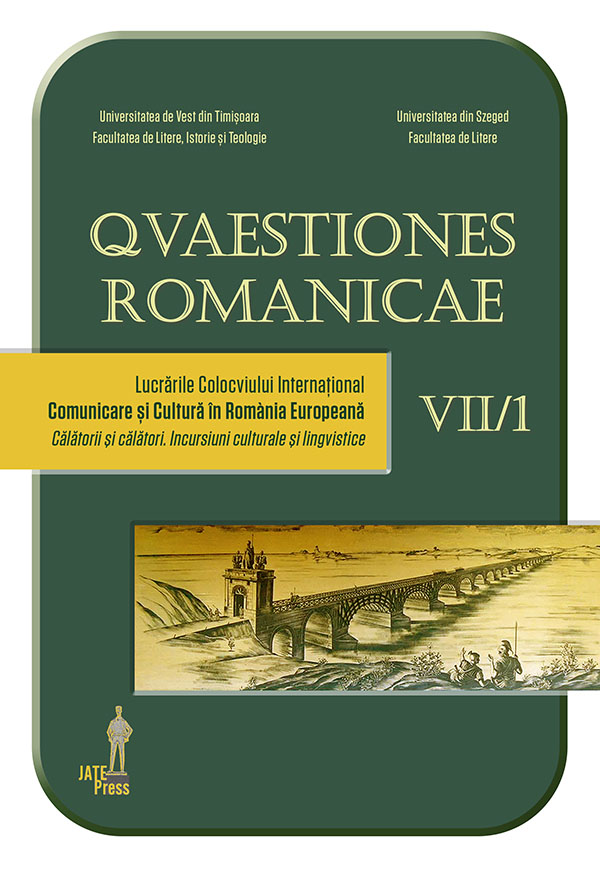O eu e o outro:Jeanne Louise Mildee Cláudia Andujar em múltiplos tempos, múltiplas vivências
Abstract: (The self and the other: Jeanne Louise Milde and Cláudia Andujar in multiple times, multiple experiences) Octavio Paz and Tzvetan Todorov work with the concepts of alterity and the other and be the key to perceive the presence of two foreign artists in Brazil in the twentieth century, in their differences and similarities. In 1929 the Belgian sculptor Jeanne Louise Milde arrived in Belo Horizonte, Brazil. In the 1950s, photographer Cláudia Andujar, a Swiss by birth, who had passed through Romania / Hungary and the United States, arrived in São Paulo, Brazil. The two women artists, foreign, imbued with different proposals worldviews, arrived in Brazil, immersed in other cultures and transformed their art. They differ in time, in space, in their previous experiences, in their mother tongue, in the forms of artistic expression chosen, in the vision of the other that they find here, in the purposes in the country they have adopted, They have distinct ethnic origin. Jeanne Milde has been involved in a civilizational, European project towards a land “where there was everything to be done”, and Cláudia Andujar, deeply marked by World War II, the daughter of a Jew and a Protestant, had experienced the horrors promoted by this civilization. Women of their time, from their experiences, we can try to reach their lifes, understanding the context they lived, looking at the past and the women in art, perceiving the action of these women and their choices.
Keywords: Foreigh travelling artists, Brazil, Civilizational project, otherness Biography.
Resumo: A partir de autores como Octavio Paz e Tzvetan Todorov, que trazem definições sobre as noções de alteridade e do outro, buscou-se perceber a presença de duas artistas estrangeiras no Brasil no século XX, em suas diferenças e semelhanças. Em 1929 chegou a Belo Horizonte, Brasil, a escultora belga Jeanne Louise Milde. Nos anos 1950, a fotógrafa Cláudia Andujar, suiça de nascimento, que havia passado pela Roménia/Hungria e Estados Unidos, chegou ao Brasil, dirigindo-se a São Paulo. As duas artistas mulheres, estrangeiras, imbuídas de propostas e visões de mundo distintas, chegarem ao Brasil, imergiram em outras culturas e transformaram sua arte. Diferem-se no tempo, no espaço, em suas vivências anteriores, na sua língua materna, nas formas de expressão artística escolhidas, na visão do outro que aqui encontram, nos propósitos no país que adotaram, são de origem étnica distinta, marcadas de diferentes modos pelo século XX. Jeanne Milde vem inserida em um projeto civilizacional, europeu, em direção a uma terra “onde havia tudo por fazer”, já Cláudia Andujar, profundamente marcada pela Segunda Guerra Mundial, filha de um judeu e de uma protestante, havia vivido os horrores promovidos por essa civilização. Mulheres de seu tempo, a partir de suas experiências, podemos perscrutar a realidade em que viviam, compreendendo o contexto, mas também tensionando-o para ampliar a visão do passado e das mulheres na arte, percebendo- se a ação dessas mulheres e suas escolhas.
Palavras-chave: Artistas estrangeiros viajantes, Brasil, Projeto Civilizacional, outridade, biografia.
